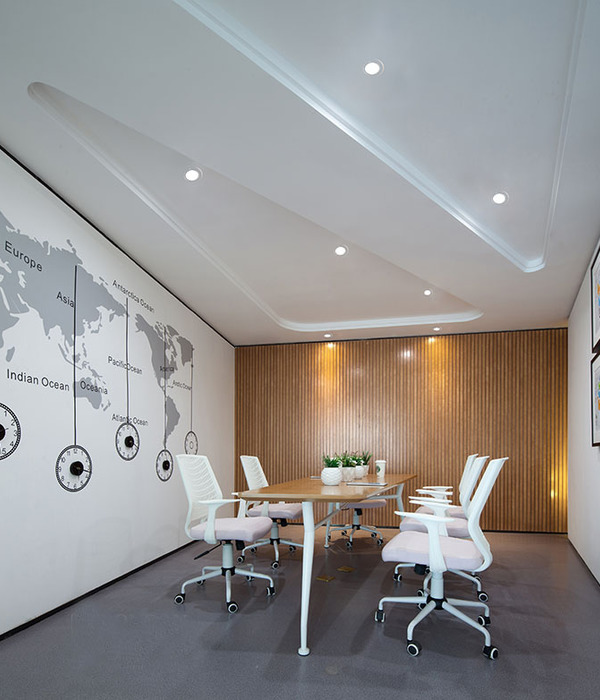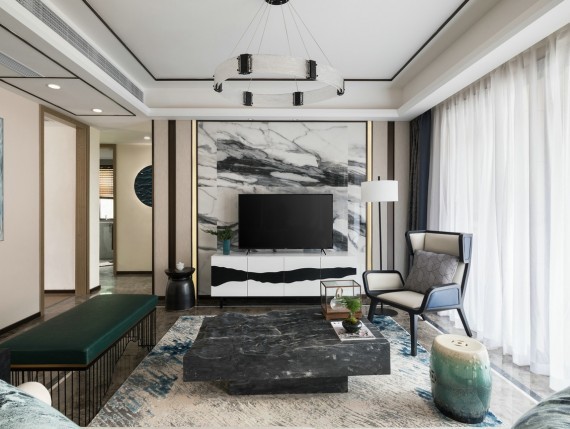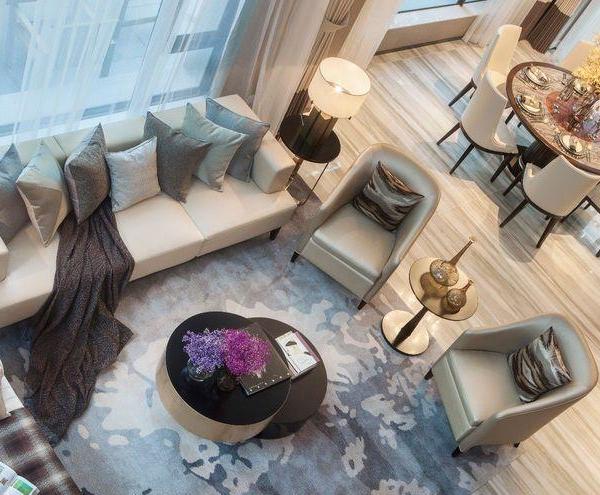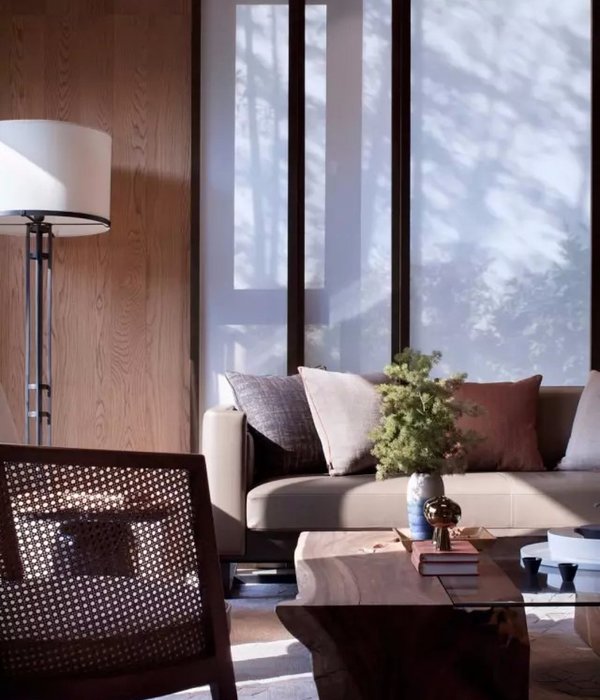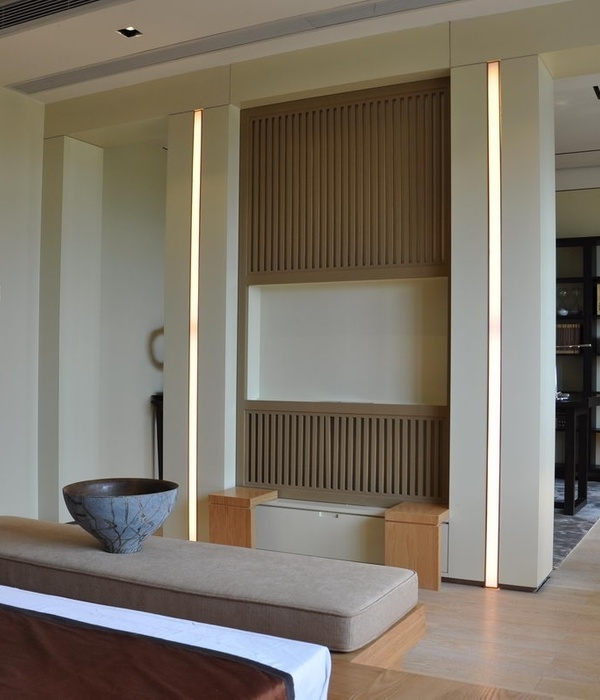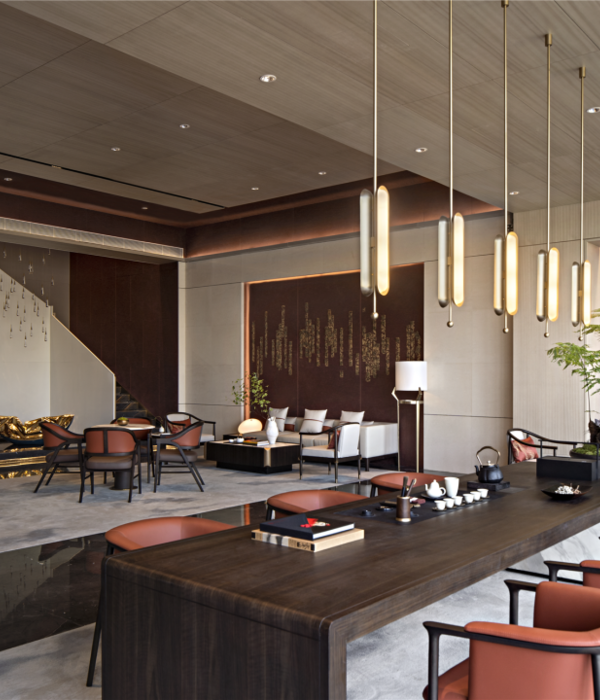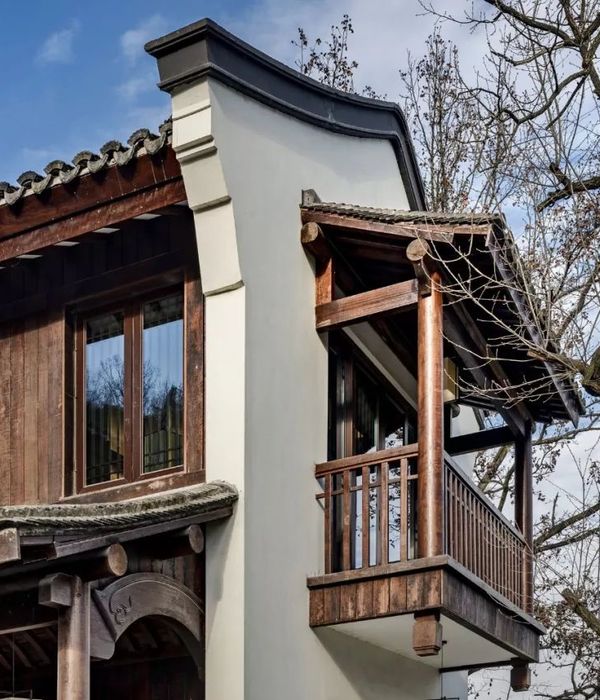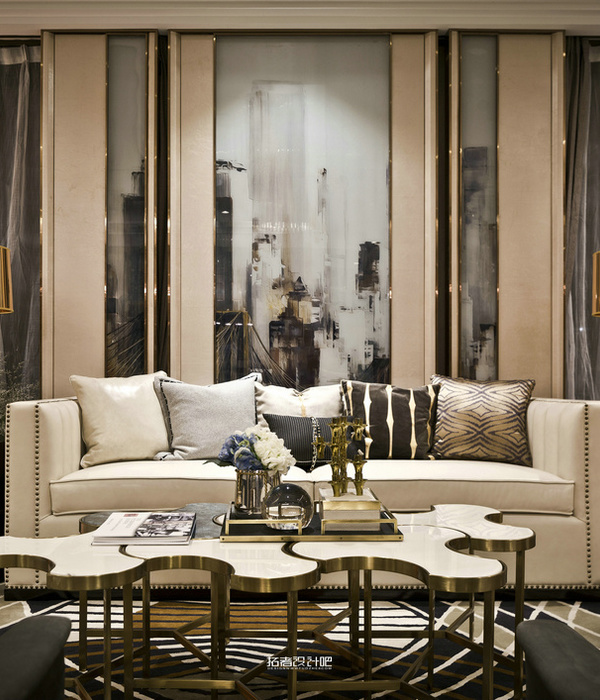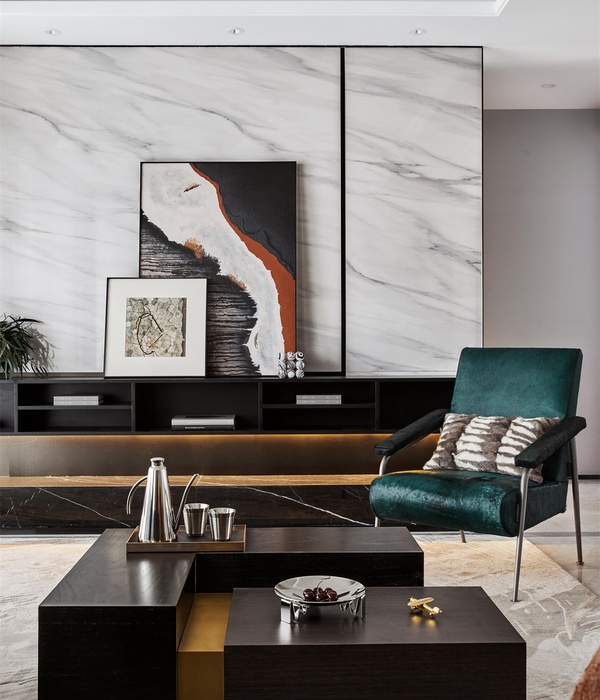架构师提供的文本描述。这座朴实无华的房子最初是为连接蒙特勒和德纳耶的铁路的建筑工人设计的,建于1911年,在为铁路挖掘的地面上发现了巨大的石块。它建在山坡上,两旁有一个梯田花园,俯瞰阿尔卑斯山、日内瓦湖和里维埃拉,令人叹为观止。
Text description provided by the architects. Designed originally for construction workers of the railroad connecting Montreux to the Rochers-de-Naye, this modest house was built in 1911 with large stone blocks found in the ground dug for the rail. Constructed on a sloping hillside, lined with a terraced garden, it offers a breathtaking view of the Alps, Lake Geneva and the Riviera.
Text description provided by the architects. Designed originally for construction workers of the railroad connecting Montreux to the Rochers-de-Naye, this modest house was built in 1911 with large stone blocks found in the ground dug for the rail. Constructed on a sloping hillside, lined with a terraced garden, it offers a breathtaking view of the Alps, Lake Geneva and the Riviera.
© Lionel Henriod
莱昂内尔·亨里奥德
第一位房客,后来的业主,建筑师拉尔夫·格曼对这栋建筑的翻新显示了外部外观的明显变化。大楼完全空无一人,只保留中央楼梯与胡桃木和锻铁栅栏的原始设计。这座原本可容纳三套公寓的笼子被打开,把房子的所有楼层连在一起,现在集中在一个单一的实体中。
First tenant and later owner, architect Ralph Germann’s renovation of the building shows visible signs of the transformation on the external facades. Completely emptied, the building kept only from its original design the central staircase with its walnut and wrought iron fence. This cage that originally served three apartments was opened to link together all the floors of the house, now concentrated in a single entity.
First tenant and later owner, architect Ralph Germann’s renovation of the building shows visible signs of the transformation on the external facades. Completely emptied, the building kept only from its original design the central staircase with its walnut and wrought iron fence. This cage that originally served three apartments was opened to link together all the floors of the house, now concentrated in a single entity.
1st Floor Plan
一楼图则
2nd Floor Plan
二楼图则
3rd Floor Plan
三楼图则
为了加强层次之间的联系,架构师设想了一个原始解决方案。楼梯中的承重壁被打开,以插入混凝土开口元件,用模具建造在现场。响应热和声绝缘的要求,这些混凝土开口的形成被证明是非常有效的解决方案。热量、光和声音通过,允许家庭成员从一个楼层到另一个楼层进行通信。此外,这些腔还用作存储空间。
To strengthen the link between the levels, the architect imagined an original solution. The load-bearing walls in the staircase were opened to insert concrete open elements, built on site from molds. Responding to demands of heat and sound insulation, the creation of these concrete openings proved to be a very effective solution. Heat, light and sound passes, allowing the family members to communicate from one floor to another. In addition, these cavities also serve as storage spaces.
To strengthen the link between the levels, the architect imagined an original solution. The load-bearing walls in the staircase were opened to insert concrete open elements, built on site from molds. Responding to demands of heat and sound insulation, the creation of these concrete openings proved to be a very effective solution. Heat, light and sound passes, allowing the family members to communicate from one floor to another. In addition, these cavities also serve as storage spaces.
© Lionel Henriod
莱昂内尔·亨里奥德
底层是客厅和厨房,与花园相连。主卧室位于房子的中心,孩子们住在顶层。
The ground floor contains the living room and the kitchen, connected to the garden. The master bedroom is strategically located in the centre of the house and the children occupy the top floor.
The ground floor contains the living room and the kitchen, connected to the garden. The master bedroom is strategically located in the centre of the house and the children occupy the top floor.
© Lionel Henriod
莱昂内尔·亨里奥德
它的80平方米大小,父母层是一个大的开放和多功能空间。架构师不喜欢单功能空间。他理想的家是开放的,家具不多,门越少,橱柜就藏在建筑的体积里。少数几个不可缺少的滑动门消失在墙壁之间,因此空间完全打开。
With its 80 m2 size, the parental floor is a large open and multifunctional space. The architect does not like single-function spaces. His ideal home is open, with little furniture, with as few doors as possible and discreet built-in cupboards hidden in architectural volumes. The few indispensable sliding doors disappear between walls, leaving thus the space completely open.
With its 80 m2 size, the parental floor is a large open and multifunctional space. The architect does not like single-function spaces. His ideal home is open, with little furniture, with as few doors as possible and discreet built-in cupboards hidden in architectural volumes. The few indispensable sliding doors disappear between walls, leaving thus the space completely open.
© Lionel Henriod
莱昂内尔·亨里奥德
{{item.text_origin}}


